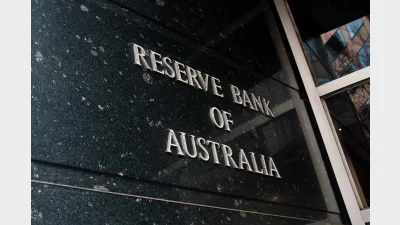Telstra Super hits double digits
Six out of nine Telstra Super investment funds have reached returns of over 10 per cent for the last financial year.
Chief executive Martin Crowe said 87 per cent of the fund’s accumulation division members have benefited from the double-digit return from their superannuation savings.
In the year to 30 June, the top performer over was Australian shares (returning 14.23 per cent), followed by the growth option (11.4 per cent), balanced (10.64 per cent), property (10.55 per cent), international shares (10.35 per cent), and defensive growth (10.09 per cent). In the under 10 per cent returns category, the conservative option brought in an 8.56 per cent return, followed by fixed interest (6.2 per cent) and finally cash (4.24 per cent).
The results follow a recent change in the fund’s fees, which saw all accumulation-division members move to a common fee structure from July 1, irrespective of their employer or whether or not they have retired.
Before the change to fee structure, Testra Super members who work for companies such as Telstra, Sensis, Foxtel, Reach, Multi-Channel Networks and Chief Entertainment would pay lower fees than the other 60,000 Telstra Super members who may have either moved to new roles with different companies, or retired.
With the change in the fund’s membership over time, Telstra Super decided to implement a common fee structure so members would pay the same rate throughout their working lives.
Recommended for you
The central bank has announced the official cash rate decision for its November monetary policy meeting.
Australia’s maturing superannuation system delivers higher balances, fewer duplicate accounts and growing female asset share, but gaps and adequacy challenges remain.
Global volatility and offshore exposure have driven super funds to build US-dollar liquidity buffers, a new BNY paper has found.
Less than two in five Australians are confident they will have sufficient assets to retire and almost three-quarters admit they need to pay greater attention to their balance, according to ART research.









